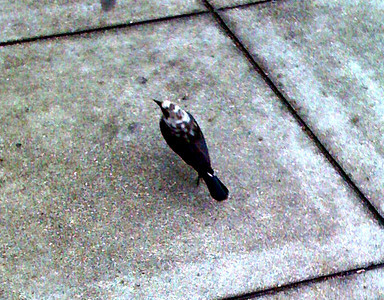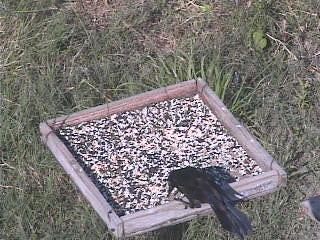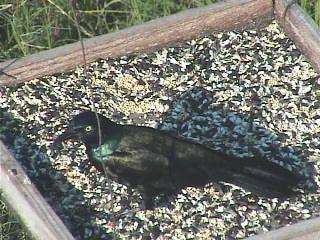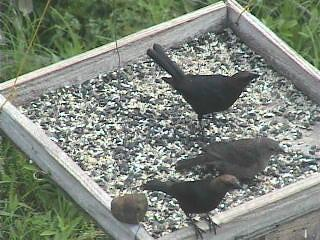Blackbirds and grackles feature prominently in the birds we see in the CONE Welder camera. They’re pretty straightforward from an identification standpoint, but it’s important to realize that the males and females look quite different from each other. There are four icterid species that we see a lot of in the game currently, but to a casual observer they can look like eight different kinds of birds (at least).
Some of us were chatting in the game the other day about how few of the female Red-winged Blackbirds were being successfully identified. I remember how, when I was twelve and visiting Florida for the first time, I spent days wondering what those “sparrows” were that were always hanging around with the Red-winged Blackbirds. It wasn’t until I looked at my grandmother’s field guide that I realized they were actually female blackbirds.
Here are some shots of female Red-winged Blackbirds taken in the last few days. These are by users rafa, achadamaia, and avatar99, respectively:



They’re superficially sparrow-like in terms of color and markings, but that long blackbird beak is a dead giveaway.
Even the male Red-winged Blackbirds can be confusing at times. When they flash their epaulettes they’re easy, of course, as in this beautiful shot by txbird that I posted the other day:
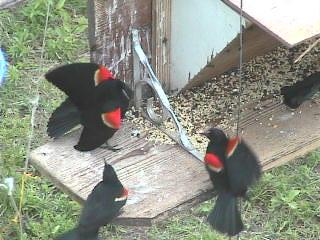
But they can hide and reveal those shoulder patches. When they cover up there’s often only a narrow strip to help identify them, as in this shot by whereismyrobot:

There’s still another look that Red-winged Blackbirds can have; check out this shot of an immature male taken by widget:
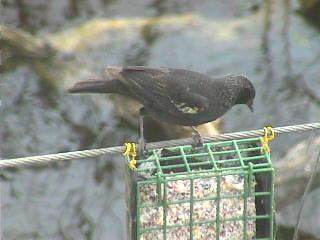
Don’t look down your nose at those Red-winged Blackbirds just because they’re always around. They’re more interesting to look at than you might think. 🙂


